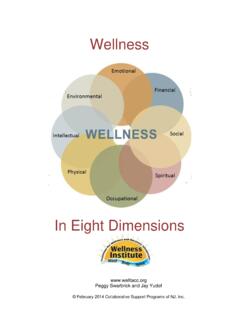Transcription of ABORTION AFTER THE FIRST TRIMESTER - Planned …
1 Since the legalization of ABORTION throughout the United States in 1973, ABORTION services have become more widely accessible, and knowledge about them has grown. As a result, the overwhelming majority of abortions are performed in the FIRST TRIMESTER of pregnancy. For a number of reasons, however, ABORTION AFTER the FIRST TRIMESTER remains a necessary option for some , opponents of safe and legal ABORTION seek to limit access through, among other means, laws imposing a fixed date for viability and bans that would outlaw safe, medically appropriate abortions in the second TRIMESTER . Their goal is to make all abortions fact, the same anti-women s health activists who would limit access to ABORTION AFTER the FIRST TRIMESTER also oppose access to ABORTION in the FIRST TRIMESTER by advancing numerous restrictions, including parental involvement laws and mandatory waiting period laws.
2 Also, by asserting their bias at a local level through picketing doctors homes and offices, health center blockades, threats of violence against doctors, and the misapplication of zoning laws, etc., these activists create such a threatening climate that the number of qualified providers is diminished. These actions endanger the health of women and the right of physicians to determine the most appropriate treatment for their Number of Abortions AFTER the FIRST TRIMESTER Is Relatively Small In 2011, an estimated million abortions were performed, a 13 percent decline from 2008. The ABORTION rate in 2011 was the lowest rate since 1973 (Jones and Jerman, 2014). The Centers for Disease Control and Prevention (CDC) estimates that 66 percent of legal abortions occur within the FIRST eight weeks of gestation, and 92 percent are performed within the FIRST 13 weeks.
3 Only percent occur at or AFTER 21 weeks (CDC, 2013). Since the nationwide legalization of ABORTION in 1973, the proportion of abortions performed AFTER the FIRST TRIMESTER has decreased because of increased access to and knowledge about safe, legal ABORTION (Gold, 2003). The number of abortions AFTER the FIRST TRIMESTER might be even smaller if women had greater access to safe and legal ABORTION . Most women who ve had an ABORTION say they would have preferred to have it earlier, but financial limitations and/or lack of knowledge about pregnancy caused them to delay (Finer et al. 2006).VARIOUS FACTORS REQUIRE WOMEN TO HAVE ABORTIONS AFTER THE FIRST TRIMESTERB arriers to Service Geographic A 2005 survey of ABORTION providers found that among women who have non-hospital abortions, approximately 19 percent travel 50 to 100 miles for services, and an additional eight percent travel more than 100 miles (Jones et al.)
4 , 2008). It follows that having to travel such distances can cause delays in obtaining abortions. Provider shortage As of 2011, 89 percent of counties had no known ABORTION provider; these counties are home to 38 percent of all women of reproductive age. (Jones and Jerman, 2014). Furthermore, in 2008, 97 percent of non-metropolitan counties have no ABORTION services, and 92 percent of non-metropolitan women live in these unserved counties (Jones and Kooistra, 2011). Financial In 2000, the average cost of a FIRST - TRIMESTER , in-clinic, non-hospital ABORTION with local anesthesia was $372 (Henshaw & Finer, 2003). In 2009 this cost was $451. The median cost of medication ABORTION , which can be done in the FIRST 63 days of pregnancy, was $490 (Jones and Kooistra, 2011). For low-income and younger women, gathering the necessary funds for the ABORTION AFTER THE FIRST TRIMESTER in the United Statesprocedure often causes delays.
5 A recent study found that women at or under 100 percent of the federal poverty level were more likely than women at higher income levels to have second- TRIMESTER abortions (Jones and Finer, 2012). Compounding the problem is the fact that the cost of ABORTION rises with gestational age: in 2009, non-hospital facilities charged an average of $1,500 for ABORTION at 20 weeks (Jones and Kooistra, 2011). Most women are forced to pay for abortions out-of-pocket. In 2008, only 20 percent of abortions were paid by Medicaid and another 12 percent were billed directly to private insurance (Jones et al, 2010). For some women, the cost of ABORTION can pose significant barriers to access. Thirty-six percent of women having abortions in the second TRIMESTER reported that they needed time to raise money to have the ABORTION . In addition, 18 percent of women having abortions in the second TRIMESTER reported that worries about the cost of the procedure caused them to take more time to make their decision (Finer, et al.)
6 , 2006). Legal restrictions Causing additional delays are state laws that mandate parental consent, notification, or court-authorized bypass for minors, and laws that impose required waiting periods. For example, AFTER Mississippi passed a parental consent requirement, the ratio of minors to adults obtaining abortions AFTER 12 weeks increased by 19 percent (Henshaw, 1995).Medical indications affecting the pregnancy may also lead to ABORTION AFTER 12 weeks. In a survey of women deciding to end their pregnancies, significantly more women in their second TRIMESTER cited fetal health concerns than women in their FIRST TRIMESTER . The fetal health concerns they cited included the risk of fetal anomaly due to advanced maternal age, a history of miscarriage, a lack of prenatal care, and fetal exposure to prescription medications and non-prescription substances (Finer et al.
7 , 2005). Conditions in which the woman s health is threatened or aggravated by continuing her pregnancy include: certain types of infections; heart failure; malignant hypertension, including preeclampsia; out-of-control diabetes; serious renal disease; severe depression; and suicidal symptoms may not occur until the second TRIMESTER , or they may become worse as the pregnancy progresses (Cherry & Merkatz, 1991; Paul et al., 2009).Other Reasons for Having an ABORTION Past 12 Weeks Exposure to intimate partner violence. Absence of partner due to estrangement or death. Lack of financial and/or emotional support from partner. Lack of pregnancy symptoms, seeming continuation of periods, irregular menses. Psychological denial of pregnancy, as may occur in cases of rape or incest (Jones and Finer, 2012; Ingram et al., 2007; Paul et al.
8 , 2009).Adolescents Often Delay ABORTION Until AFTER the FIRST TRIMESTER Adolescents are more likely than older women to obtain abortions later in pregnancy (Jones and Finer, 2012). Among women under age 15, one in five abortions is performed AFTER 13 weeks gestation. Twelve percent of teens aged 15 to 19 obtained an ABORTION AFTER 13 weeks gestation (CDC, 2013). The very youngest women those under age 15 are more likely than others to obtain abortions at 21 or more weeks gestation (CDC, 2013). Common reasons why adolescents delay ABORTION until AFTER the FIRST TRIMESTER include fear of parents reaction, denial of pregnancy, and prolonged fantasies that having a baby will result in a stable relationship with their partners (Paul et al., 2009). In addition, adolescents may have irregular periods (Friedman et al., 1998), making it difficult for them to detect pregnancy.
9 One study found that teens took a week longer to suspect pregnancy than adults did; teens also took more time to confirm their pregnancies with a pregnancy test (Finer et al, 2006). Also, as previously noted, delays are often caused by state laws requiring parental consent or court-authorized bypass for AFTER the FIRST TRIMESTER Is as Safe as/or Safer than Carrying a Pregnancy to Term Overall, ABORTION has a low morbidity rate. Less than percent of women undergoing legal ABORTION procedures at all gestational ages sustain a serious complication requiring hospitalization (Boonstra et al., 2006; Henshaw, 1999). The rate of complication increases 38 percent for each additional week of gestation beyond eight weeks (Paul et al., 2009). The risk of death from medication ABORTION through 63 days gestation is about one per 100,000 procedures (Grimes, 2005).
10 The risk of death with a surgical ABORTION is about one per one million through 63 days gestation (Bartlett et al., 2004). The risk of death from miscarriage is about one per 100,000 (Saraiya et al., 1999). But the risk of death associated with childbirth is about 14 times as high as that associated with ABORTION (Raymond & Grimes, 2012). The risk of death associated with surgical ABORTION increases with the length of pregnancy, from one death for every one million abortions at eight or fewer weeks to deaths for every one million abortions AFTER 20 weeks gestation (Boonstra et al., 2006). In comparison, the maternal mortality rate in the in 2007 was deaths per 100,000 live births a significant difference in maternal mortality rates between deciding to end a pregnancy by ABORTION or carrying it to term (Paul et al., 2009; Xu et al.)
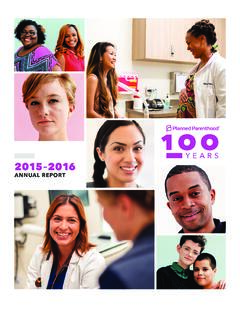

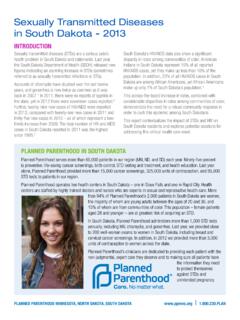


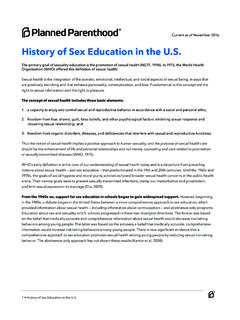
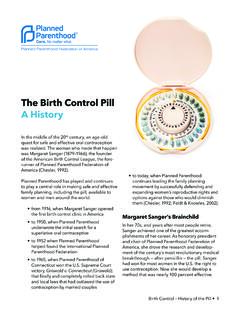
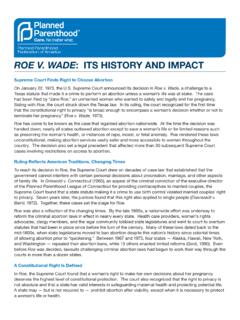
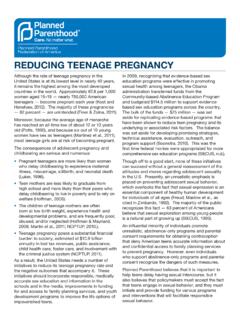
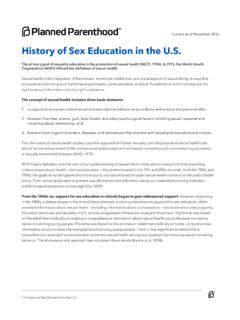
![Academic Calendar 21-22-Revised[4] - Alamo Colleges District](/cache/preview/7/f/7/6/d/7/1/5/thumb-7f76d715407cec05510b8ae226f064e4.jpg)

